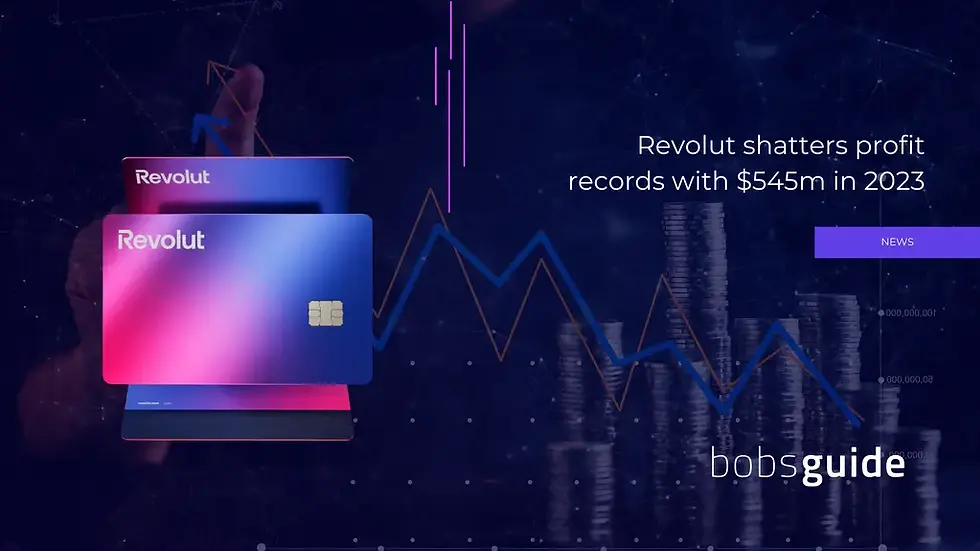How to build a Unicorn?
- Jasaro In

- Oct 26, 2022
- 3 min read
A startup itself is hard to build, and attaining a mammoth valuation of $1 Billion (Unicorn) if not impossible, is incredibly difficult. In fact, a startup only has a 0.00006% chance of becoming a unicorn, and it takes an average of 5-7 years for startups to grow into unicorns.
However, by understanding what success factors to look for, any new venture can increase its chances of hitting it big.
McKinsey interviewed 10 successful VCs and analyzed 100s of unicorns to narrow down on what really really matters in developing start-ups. This analysis revealed the below 5 key traits that help startups turn into unicorns. VCs often focus on these key traits while evaluating prospective investments.
1. Start with the Team
Key Findings: Founding teams of two or more, with diverse skill sets, university degrees, and prior sector experience are all more likely to spell success.
Team Size: A vast majority of successful scale-ups (~75%) was started by two or more people.
Diversity: Top founding teams bring complementary skill sets with a mix of expertise in technology (~40%), natural skills (~25%), and business (~25%).
Academia: A large majority of founders of the top 100 unicorns have completed an academic degree (>95%), and >70% have advanced degrees (MBA, Ph.D.)
Classmates: >70% of Co-founders went to the same university prior to building their unicorn.
Experience: >80% of founders gained work experience prior to building their successful venture, and >50% had founded start-ups before.
2. Size (TAM) Does Matter
Key Findings: VCs want to know if the investment can become big enough to be worth It. Assessing the potential comes down to two things: Sector Size and Market Opportunity.
Size Matters: The biggest sectors i.e. technology, media, and telecommunications; industrials; and healthcare with annual revenues > $5 Trillion, account for almost a third of the top 100 unicorns. Smaller markets or sectors can also be the homes of successful startups as long as the potential for market disruption is significant.
There’s a Clear Market Opportunity: It is essential that the market also offers significant growth potential for new entrants to disrupt it and build up significant market share. A young market without dominant companies and with relatively low barriers to entry also can offer an attractive opportunity.
3. Get Your Timing Right
Key Findings: Ventures at the forefront of trends attract more capital, as do those who are able to bring a working product or service to an interested market within a 2-3 year window.
Is It the Right Time: Correctly identifying new trends and their impact early on allows first movers to enter uncontested spaces and build a strong position—which typically results in higher margins and faster growth?
2-3 Year Window: VCs look to invest in startups where the product or service not only works but also has early indicators of market interest. The innovation curve is expected to stay within two to three years, thus having a run rate of ~2.5 years.
4. Scale or Fail
Key Findings: VCs look for whether a business is able to go from selling and supporting 100 products to a million without breaking.
Software Drives the Scale: When assessing the potential for scale, VC investors typically want to confirm a company’s ability to rapidly scale up and operate efficiently and stably with millions of customers. For this reason, they favor software over hardware, which has complex logistics, maintenance, and development profiles. Software, in contrast, can scale almost instantaneously, if it is well-built and supported.
Tech Foundations can Support Scale: Some VCs have dedicated technology teams to assess and help a startup with a high degree of automation to ensure it is scalable. In the same way, partnering with the right hyperscaler to take advantage of the platform as a service (PaaS) and infrastructure as a service (IaaS) enables scale.
5. Traction with a Clear Path to Profitability
Key Findings: Too often, founders start with an idea or a product and then try to find a market. Conversely, successful ventures provide unique solutions that change an unacceptable status quo.
Solving a Real Pain/Need: Successful ventures provide unique solutions (for example, intellectual property that’s hard to replicate) that solve a real need/pain. This can be achieved through a combination of new technologies, radically improving user experiences, or simply operating far more efficiently than competitors.
Traction: Successful startups show rapid growth in revenues (i.e. 3X-3X-2X-2X-2X ARR growth in the corresponding 5 years). They double their revenues every year for eight years. Most importantly, VCs favor annual recurring revenues (ARR) over one-off sales and look for repeat customers, and LTV increases over time.
Need an unbiased perspective in evaluating the startup? Click here, and chose the "Review My Deck" service!




Comments